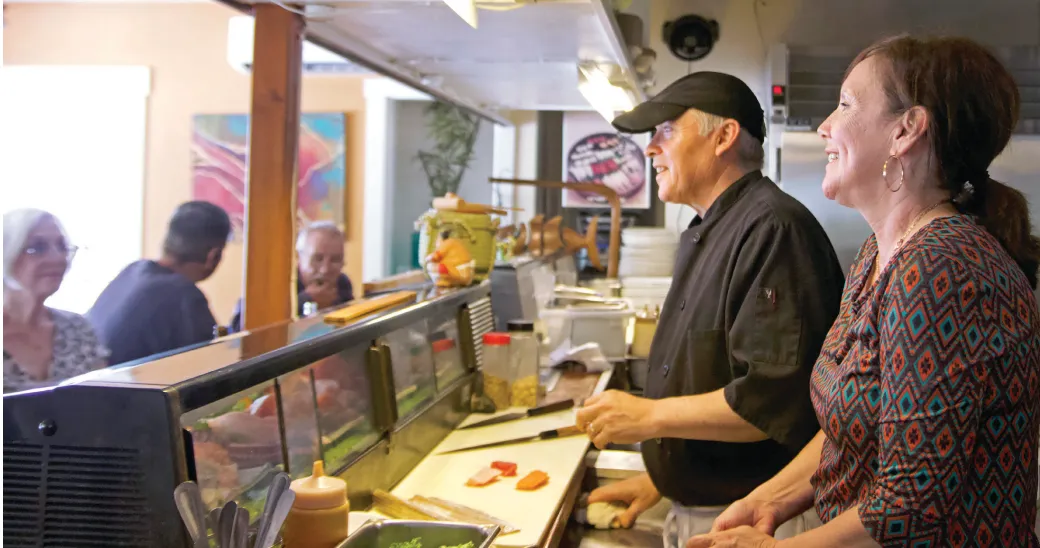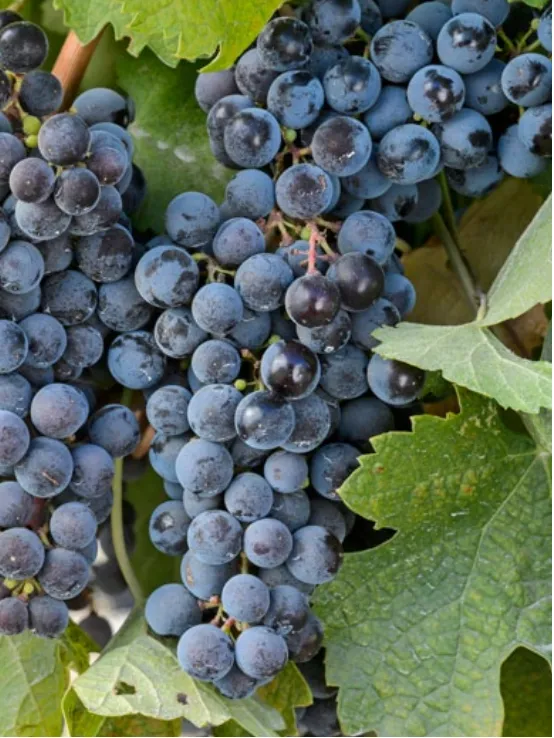Visiting Portugal, almost
Tasting Pastel de nata, enjoying grilled fish steps from the ocean, private cooking lessons and, of course, sipping port in an ancient wine cellar…
My wife Sharon and I were looking forward to a food tour of Portugal with another couple from the Napa Valley when, just days before the final payment was due, Sharon stepped off a curb and broke a bone in her foot. When she came back from the doctor with a plastic boot to her knee, we realized this would not work for walking the charming, cobbled stone streets of Lisbon and immediately contacted our friends and the tour operator (who seemed to feel that we had intentionally broken Sharon’s foot to get out of the trip).
At about same time, most of our friends seemed to be posting on Facebook about their wonderful trips to Portugal, triggering our longing for a place we had never been. To ease that yearning and perhaps plan for a future trip, we invited to dinner two couples just back from Portugal.
To make our guests feel like they were still in Lisbon, I made what is called one of the country’s most iconic dishes: Cataplana de Marisco. Cataplana is the name for both the dish and the pot it is made in, which is traditionally made of copper and shaped like two clamshells hinged at one end with a clamp on two other sides to seal it.
What? Your cataplana is off for repair? Yeah, I don’t have one either. I used my large stock pot, which admittedly doesn’t have the same visual flair but worked fine.
This dish really hangs on the shrimp stock, so it is well worth making your own. It takes much less time than making chicken or beef stock. The dish is much like San Francisco’s cioppino and just as flexible in its ingredients. There are hundreds of variations online so do not be afraid to go a different route if this version is not exactly what you want.
Did the dinner make us feel like we had toured the best of Portugal? Alas, no. With the conversation jumping between the two couples excitedly sharing all they had seen and done and offering tips and lists of restaurants, we were unable to join in—a state that Sharon is not used to. We felt like we had missed a great party. But the rich seafood flavors of Cataplana de Marisco made us feel that we had at least tasted Portugal, almost.

Cataplana de Marisco
Serves 6-8
Adapted from recipe by Annie Crabill on Food 52 website
For the shrimp stock:
1 Tbsp. unsalted butter
Shells from 2 pounds large shrimp (I used frozen 16-20 count shrimp—that’s the number per pound, a nice size but not colossal)
1 splash olive oil
2 large onions, thinly sliced
2 celery ribs, chopped
2 carrots, chopped
1 pinch saffron threads
1 Tbsp. tomato paste
2 quarts water
1 Tbsp. salt
5 sprigs Italian parsley
For the stew:
2 Tbsp. olive oil
2 pounds littleneck clams
1 pound mussels
6 ounces chorizo, or other type of cured Spanish sausage, sliced into 1/4-inch coins
4 ounces prosciutto, chopped
2 large onions, halved and thinly sliced into half-moons
1 green bell pepper, seeds removed, thinly sliced
3 cloves garlic, minced
1 pinch saffron threads
1/4 tsp. sweet smoked paprika
28-ounce can whole tomatoes, broken up (empty them into a deep pot or bowl and use your hand to break them up)
1 splash dry white wine (vinho verde is perfect)
8 cups homemade shrimp stock, or high-quality store-bought shrimp or fish stock
2 pounds large shrimp (the shrimp whose shells were used for the shrimp stock)
Fresh chopped parsley to garnish
If the shrimp are frozen, thaw in a container of cold water in the refrigerator for a half day. Remove the shells for the stock. Then run a sharp knife down the spine of each shrimp and remove the black line of the digestive tract, dipping the shrimp in cold water to wash the tract away. Set aside.
Heat a large, deep saucepan or Dutch oven over medium-high heat. Coat the bottom of the pan with a thin layer of oil and the butter then add the shrimp shells and cook until they turn pink. Add the onions, garlic and saffron, sweating them until the onions are soft but not browned. Add the tomato paste, cook for a minute or so, then cover with 2 quarts water and add the salt. Heat to a simmer and let simmer for about 30 minutes.
Remove from the heat, add the parsley sprigs and let stand for 15 minutes. Strain through a fine-mesh strainer, pressing on the solids to release all of their flavor. Discard the solids. I made the stock one day and finished most of the dish before guests arrived the next day. When ready, I simply reheated the stew then added the seafood when it was simmering.
Heat the olive oil in a large pot with a tight-fitting lid until shimmering, then add the sausage and prosciutto. Brown, stirring occasionally, until the sausage gets a little color and the prosciutto starts to look like it’s crisping, about 5 to 7 minutes.
Add the onions and pepper and continue to cook, stirring now and then, until the onions are soft but not brown, about 4 minutes. Add the garlic and cook one minute more. Add the saffron, paprika, tomatoes and a splash of white wine, stirring to deglaze the pan.
Slowly add the shrimp stock, then cook at a low simmer for about 20 minutes until the tomatoes loosen and all the flavors have sufficiently co-mingled. Let rest until you are ready to finish.
To prepare the seafood, soak the clams in a large bowl filled with ice water for at least 15 minutes—this will help them release some of the sand in the shells. Then scrub and rinse under cold water. Remove the beards from the mussels just before you cook.
About 15 minutes before you plan to serve, increase the heat to bring the pot to a boil, add in the shrimp, clams and mussels and cover, stirring occasionally until the shellfish pop open, 5 to 10 minutes. Once they are opened, stir again, then shower with the chopped parsley.
Serve with sourdough bread or white rice.
Ken Morris is veteran of the Napa Valley wine industry and a home chef who has studied at cooking classes around the world. Reach him at macmor@sbcglobal.net.








